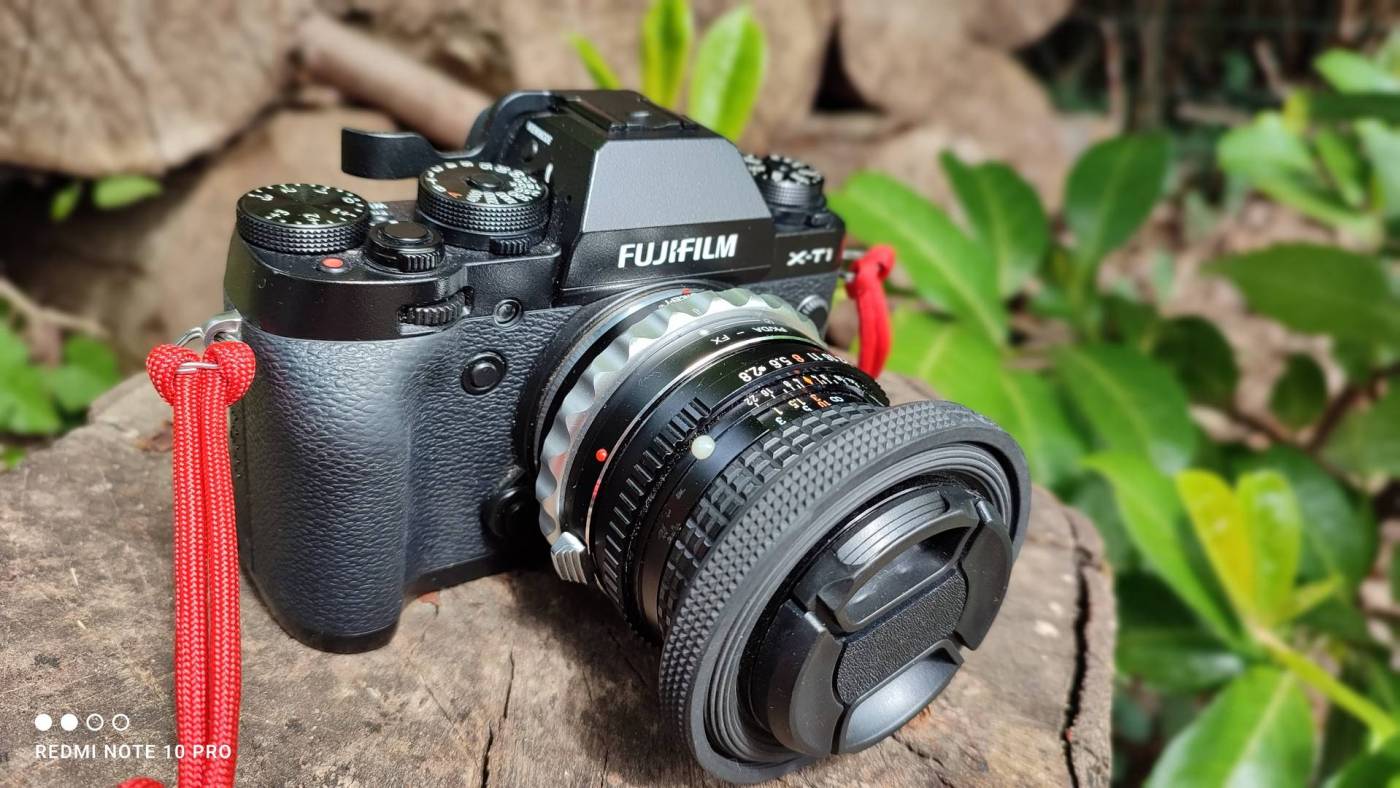No sharpness tests, pixel counting or other technical mumbo jumbo, just everyday pictures with the intention of showing the view angle, color pattern and character, and my thoughts of the lens.
A lens review as I did when I first started with OSP,
except for a few extra words about the camera used and the special adapter.
The Camera:
First a bit about the test camera, it’s the legendary but somewhat forgotten Fujifilm X-T1.
I think for many the camera that started the whole Fuji adventure.
The X-T1 is the smallest of them all, but in terms of dials, buttons and EVF, it has the same features as its bigger brothers, only it’s a 16MP.
And that’s really not a limitation, especially if you mainly publish on the web.
In terms of performance – continuous shooting – video – …, it makes sense that the camera cannot be compared to the X-T2, 3 and 4. However, in my opinion there is no better camera than the X-T1 if you use it the same way as a classic analog camera, and preferebly with legacy lenses.
I just wanted to emphasize that again, because there are many young student photographers looking for a good learning camera – and evenly amateur, semi and professional photographers looking for a good “old school” digital camera. The Fuji X-T1 is that all, if not more.
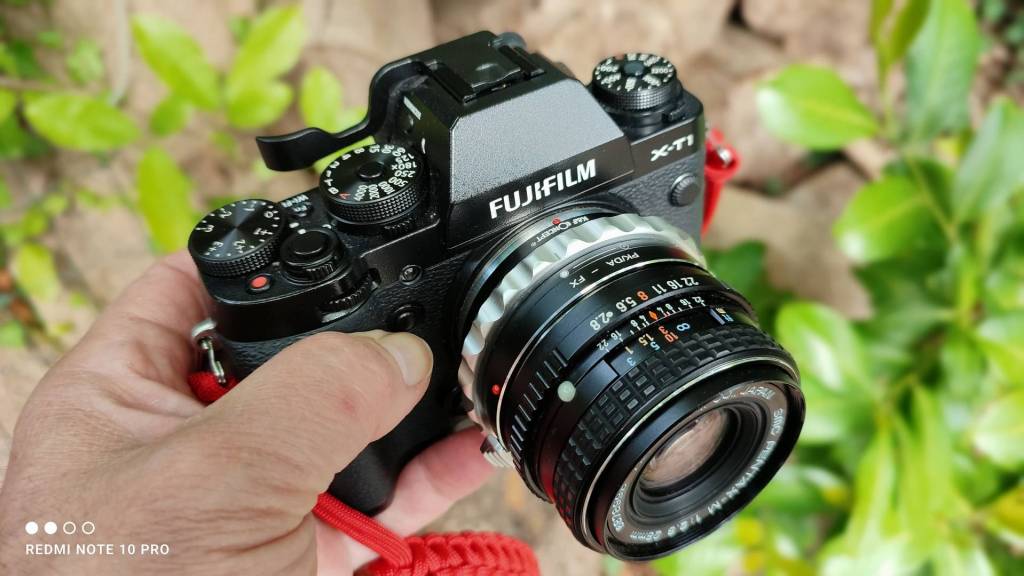
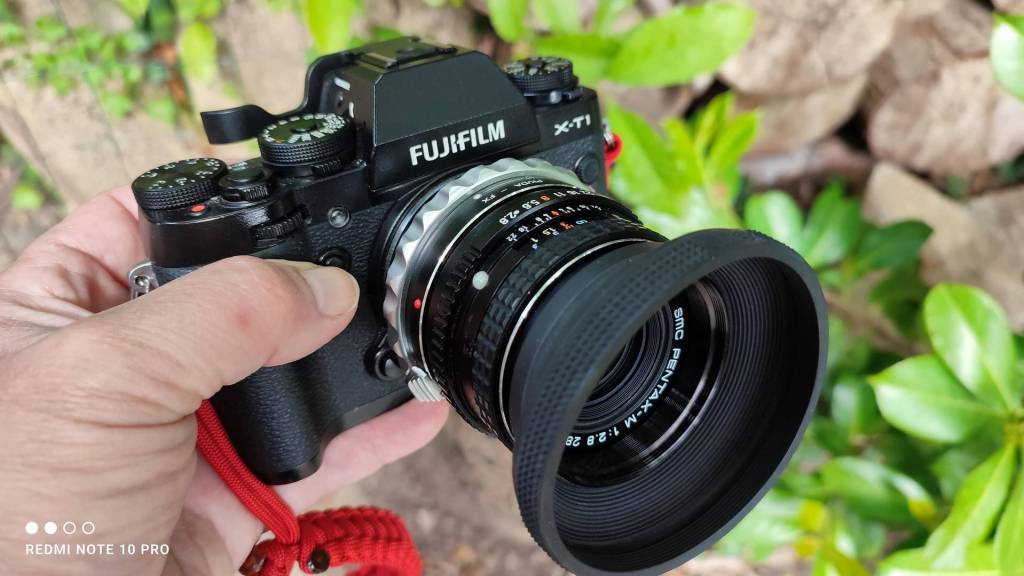
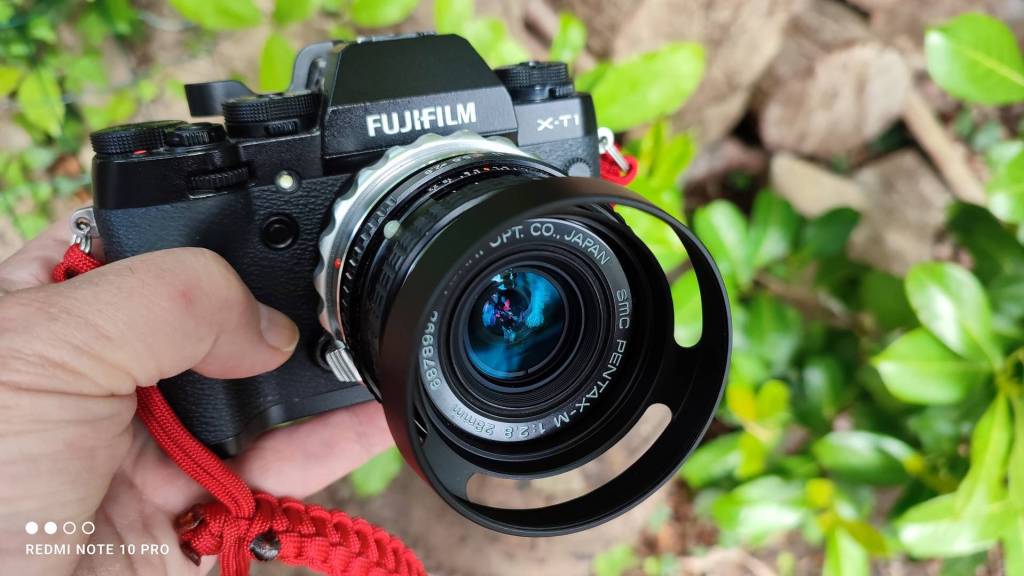
The Adapter:
The K&F Concept PK/DA – FX adapter,
perhaps a slightly weirder view, because of the large matte silver ring,
but that ring has a special function.
In contrast to the standard adapter without a ring, you can also use lenses that do not have an aperture ring themselves,
but there is, in my opinion an even greater advantage.
When used on a fully manual lens like this 28mm M series, in combination with the aperture on the lens, you can use it as an “aperture preset” lens.
You set the lens aperture to the value you want to use, say f8.0, and now, by turning the silver ring you can adjust the aperture from all the way open to the pre-set aperture.
No more searching with your fingers, looking at settings – just set in advance, open aperture all the way, focus, close and shoot.
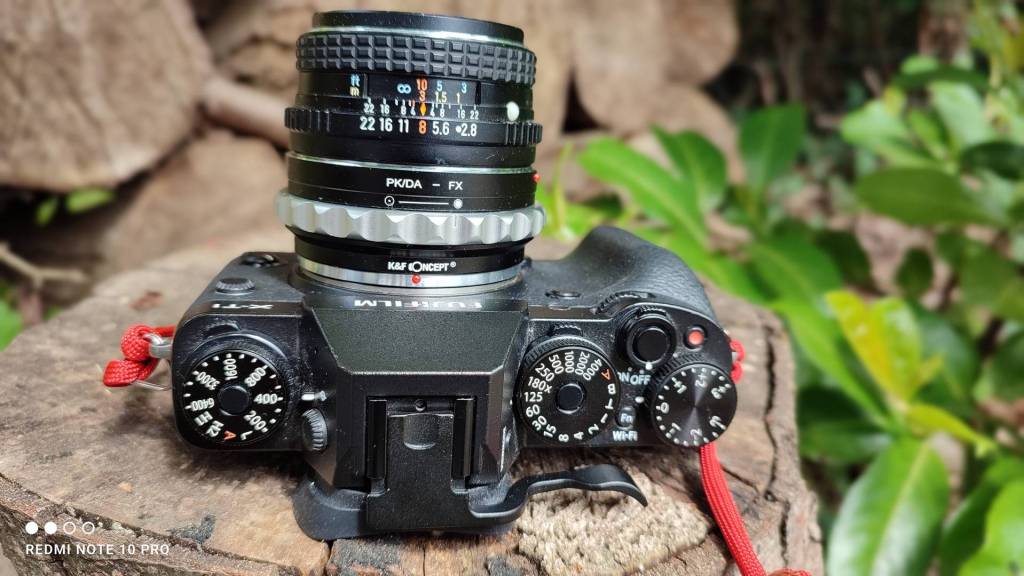
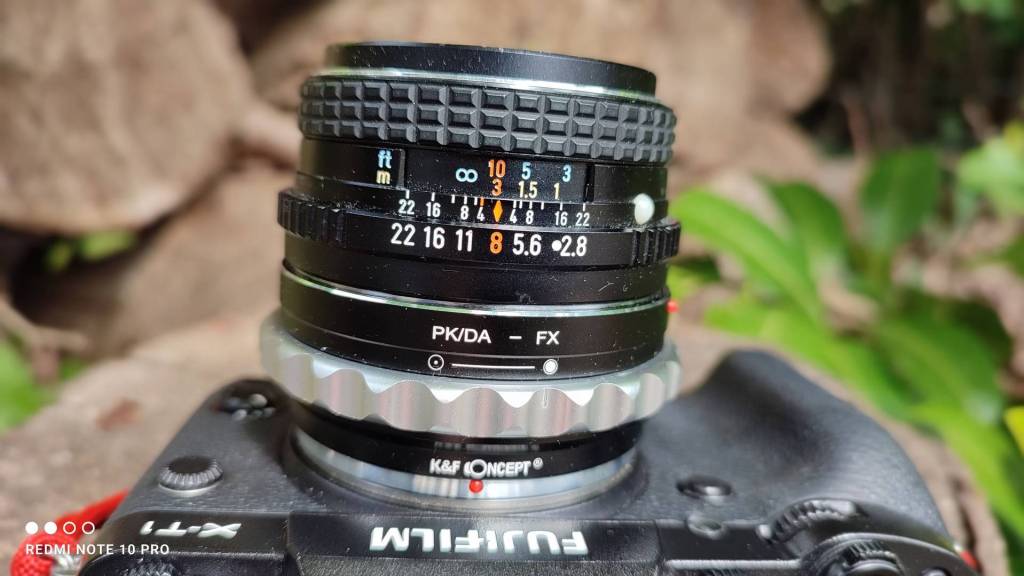
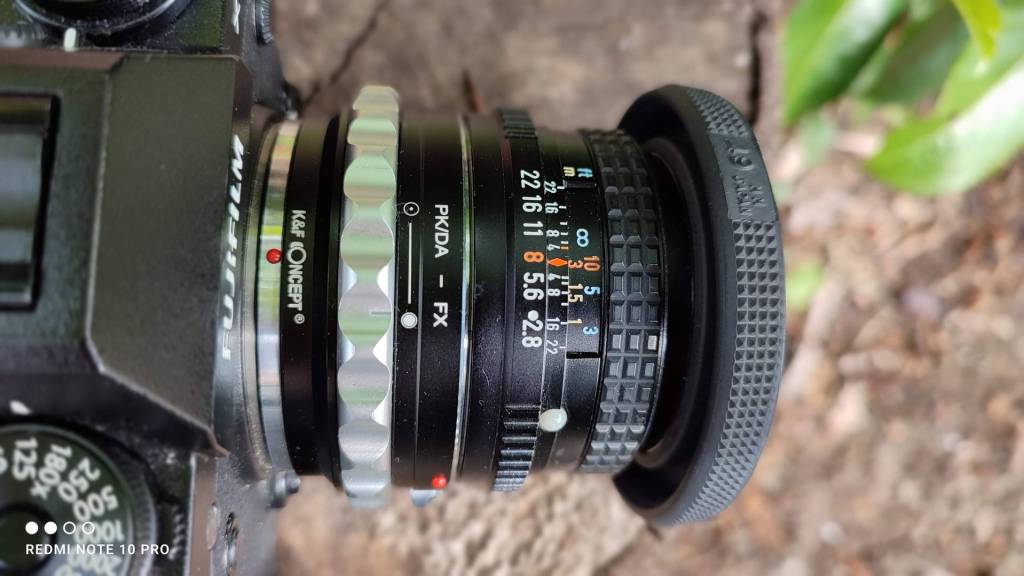
The Lens:
The SMC Pentax-M 2.8 28mm – PK mount (here used is the first version – no silver nose)
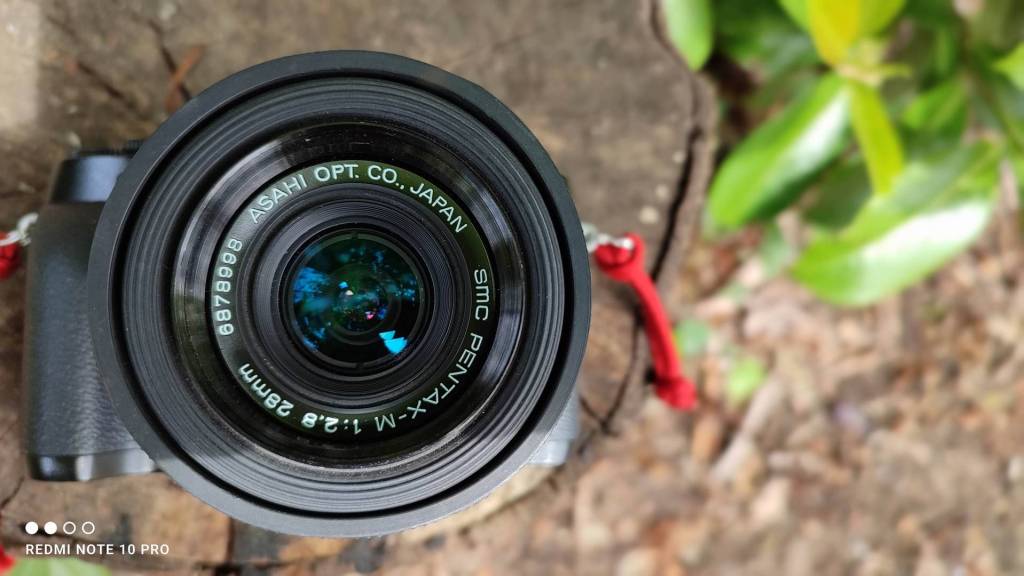
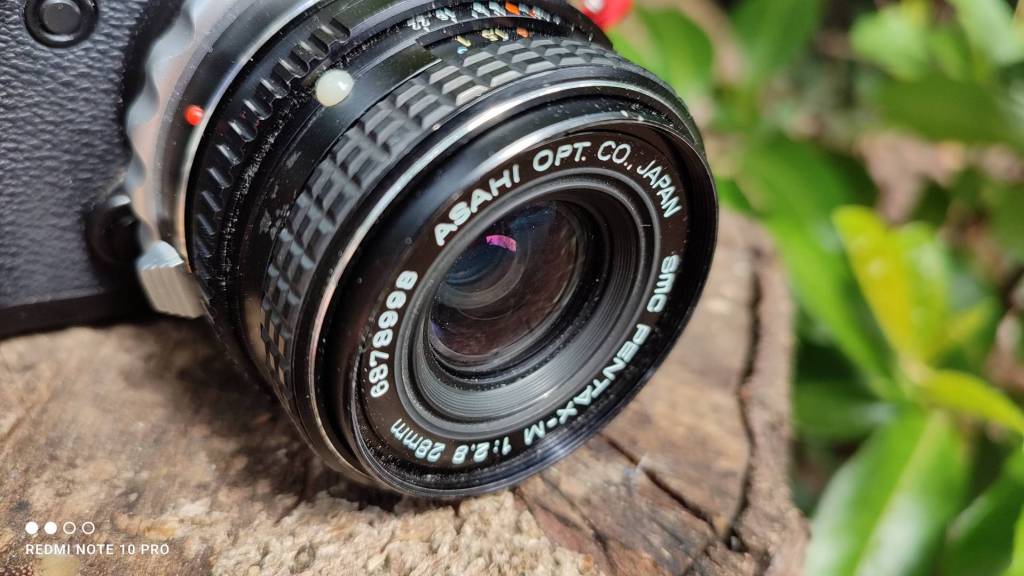
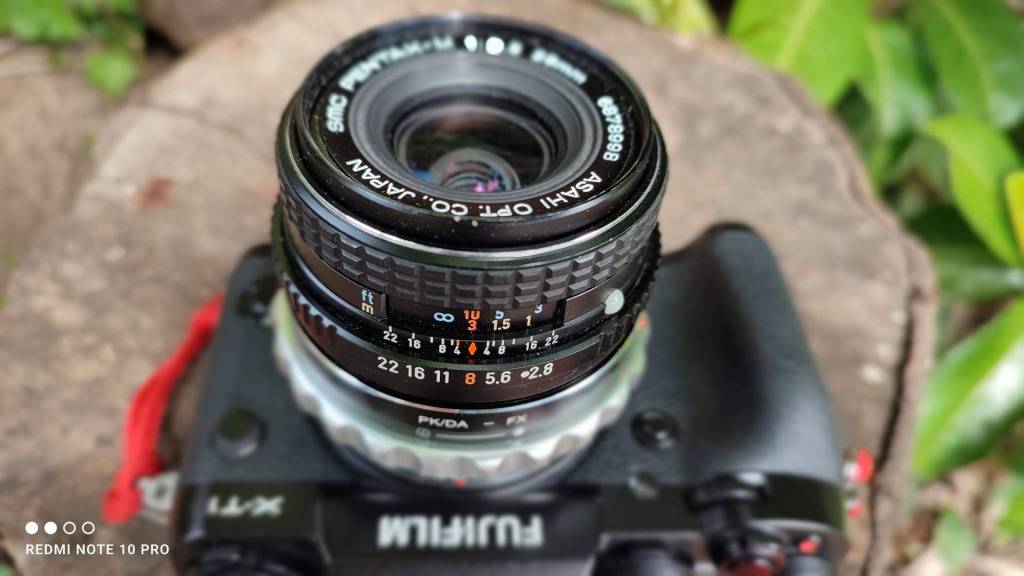
I started the article with “no sharpness tests, pixel counting or other technical mumbo jumbo”, well that’s for a reason, because if you search for other reviews, you’ll notice that some photographers start to focus on the small details – however important in their eyes – those types of reviews scare off other novice or experimenting photographers, when it’s completely normal that they aren’t perfect, and that’s also the main reason many other photographers use them. Like the Helios 44-2 with its great bokeh, for example. If you want perfection, just stay away from it I would say.
This version was produced from 1977 to 1982. To get an idea, the cost then purely converted to euro now was around €150 to 160. The newer version, from 1982 to 1984, costed about €220 to €230. If you look at what is available today, the Chinese lenses for example, that price was certainly not bad.
Nowadays you can find this lens on eBay and other secondhand shops for around €50. You have to look at everything in that context. It’s a manual lens from about 40 years ago, now available for half the price of a Chinese lens. Then you can’t expect Leica quality, but photos are still enlarged to pixel size in order to demonstrate the optical imperfection. CA and blur in the edges at f2.8, even modern and much more expensive lenses are not perfect, so don’t expect it from an old lens from €50.
Ok, enough about the pixel peepers, now more about the lens.
28mm is equal to 42mm on APS-C format, slightly wider than the standard lens, but certainly not an extreme wide angle. Suitable for many purposes such as street and landscape, but also portrait. A good all round lens I would say.
On the lens you will find f8 and the 3m indication in red. When you set the lens accordingly, everything is virtually sharp from about 1.5m to infinity. Useful for street photography.
Furthermore, the lens is easy to focus via focus peaking and is very forgiving in focusing.
The build quality of this lens is excellent, it will easily last for many decades to come if you take good care of it. Taking good care of it means not in dusty and/or humid environments, just like for any other lens.
Important:
Some tips to pay attention to if you want to buy one.
Dust is usually not a problem, unless it really is a dust nest, but I’ve never experienced that.
Dust will rarely cause a problem or show up on the result.
Worse is mold, and with lenses of this type extremely hard to detect, it can just be a glare that covers the entire lens surface and then it’s virtually invisible to the eye – even when you hold them up to the light. The glass of this lens is small – very small, which makes it all the more difficult.
A good helper is a small bright LED light, by moving the lens in the light beam you can better notice possible fungi.
Mold can cause all kinds of problems – blur, flare, discolorations …
It’s not always easy, especially if you want to buy online, because you can’t check anything.
In any case, read the seller’s description carefully.
The photos, all taken on a partly cloudy day. I wasn’t in optimal shape, and on some I forgot to turn the aperture down – in other words, some are set to hyperfocal distance but with fully open aperture (f2.8 should have been f8.0), and yet they came out decently – that’s why I wrote that focusing is forgiving.
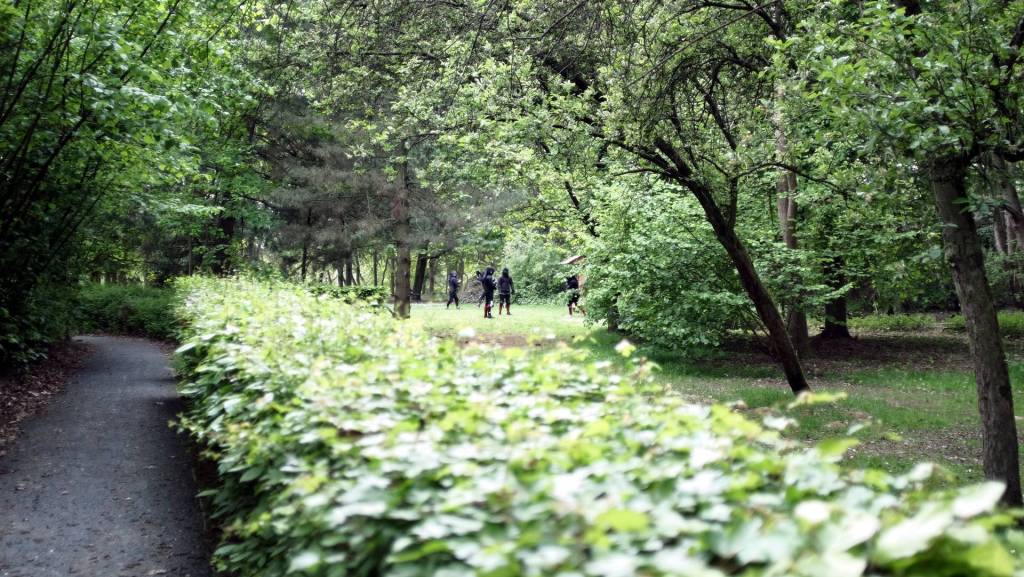
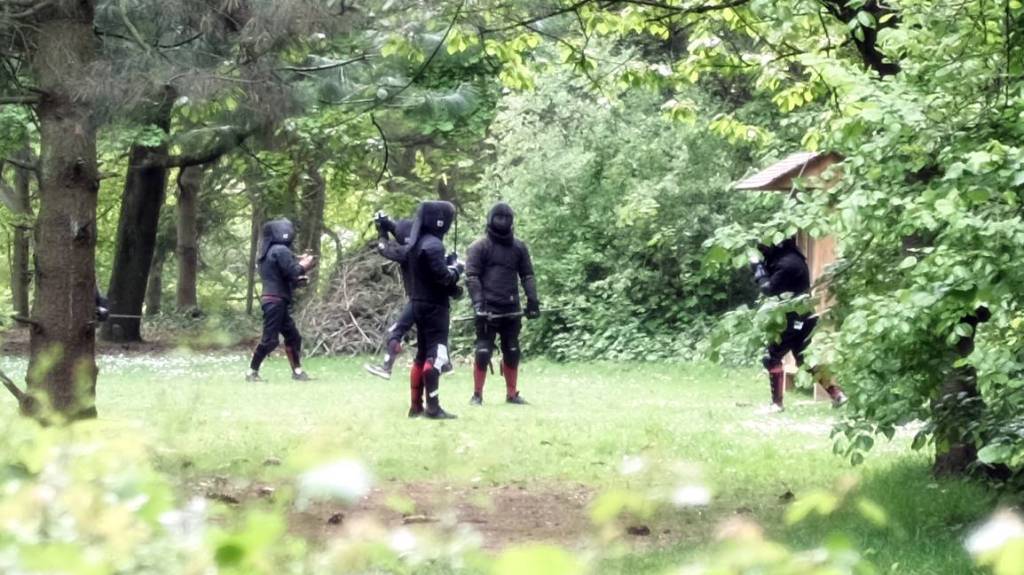
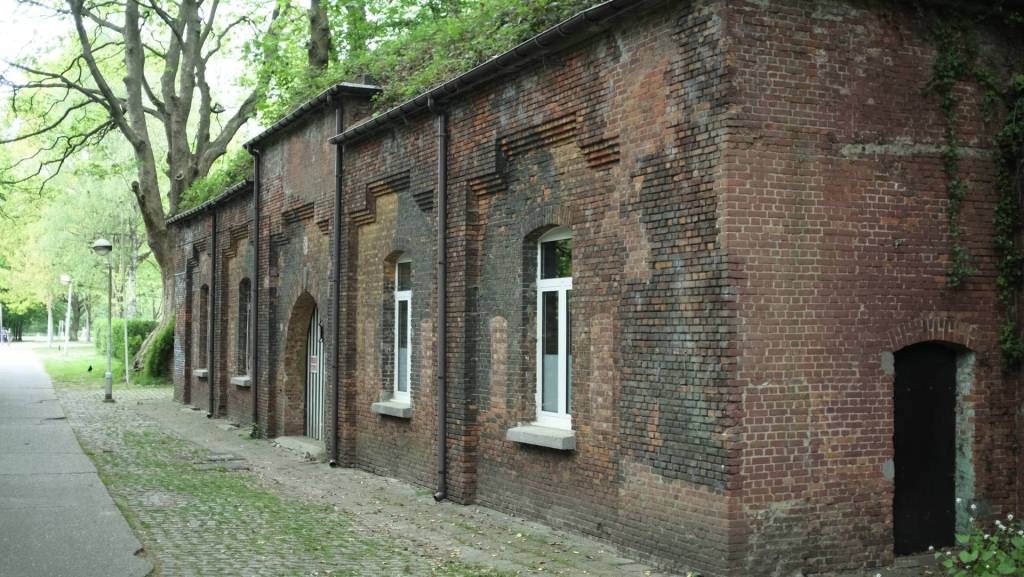
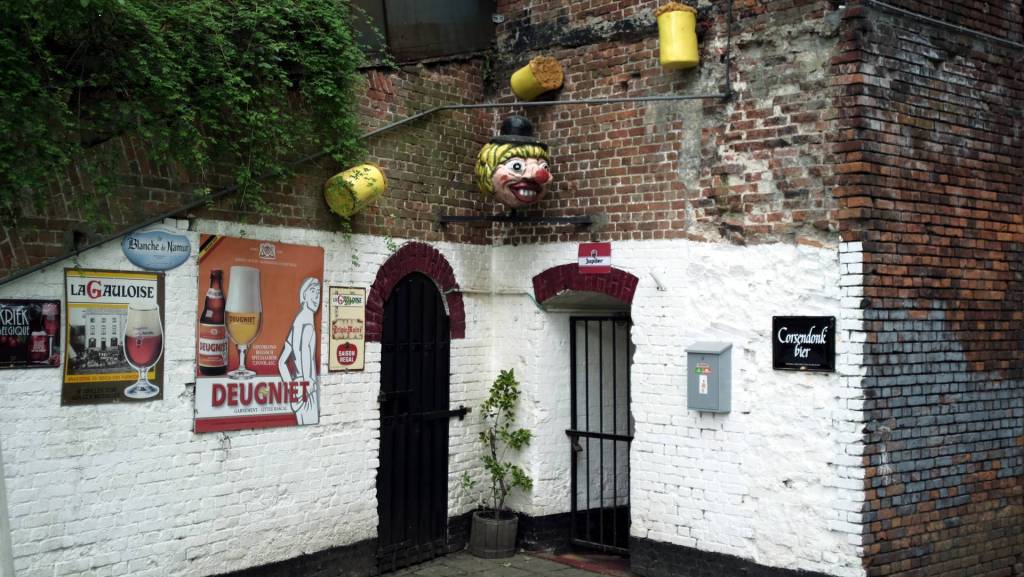
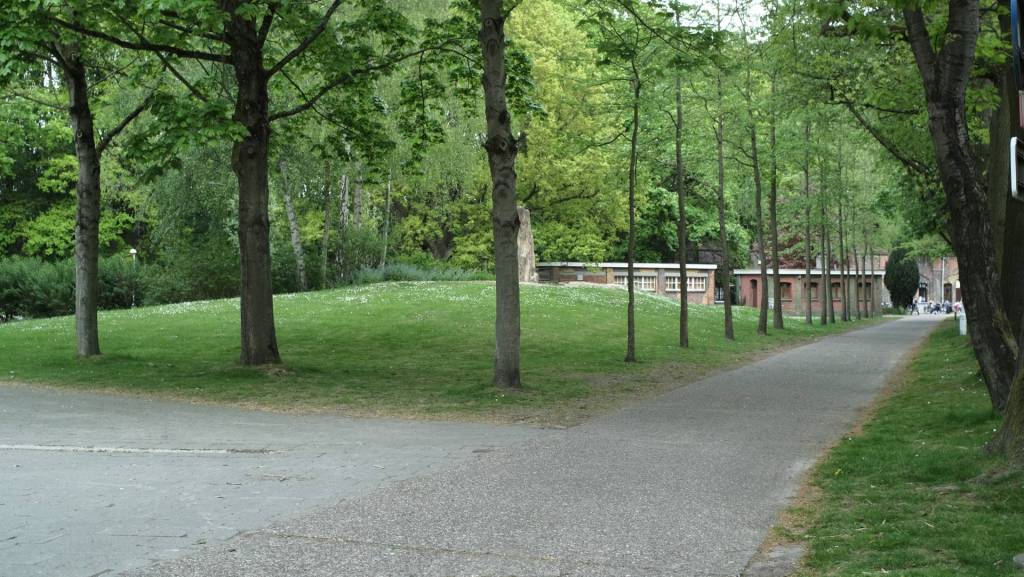
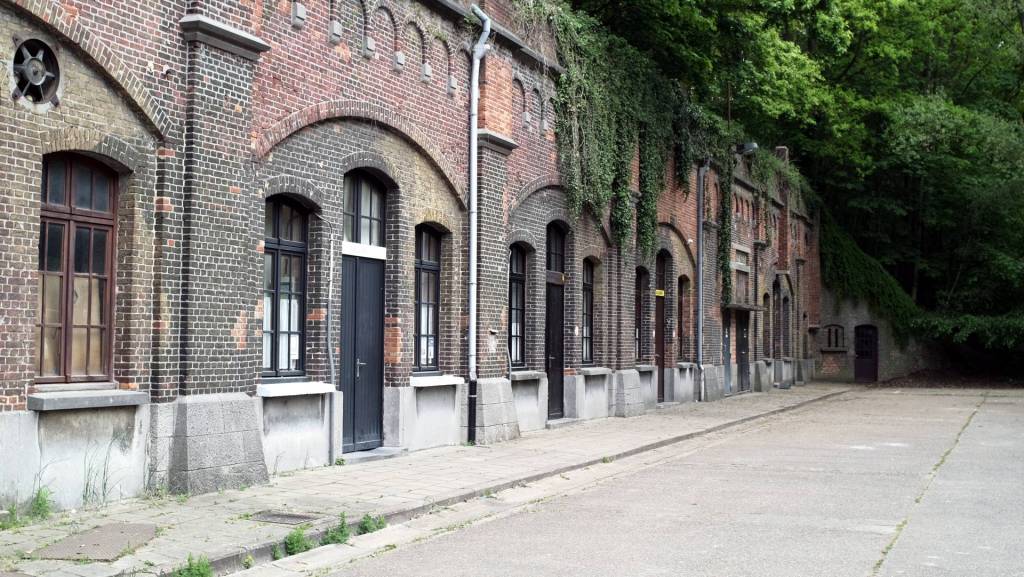
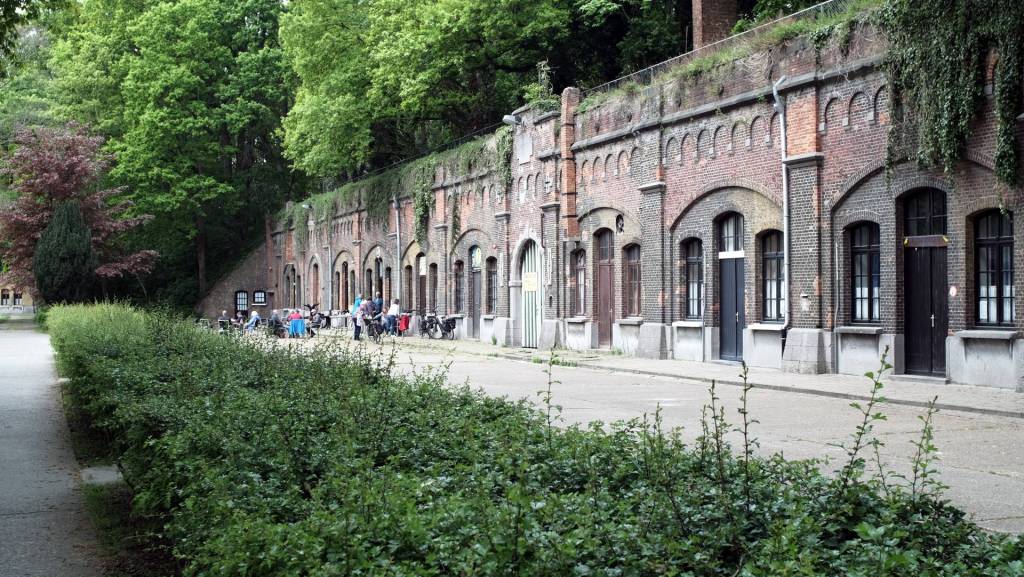
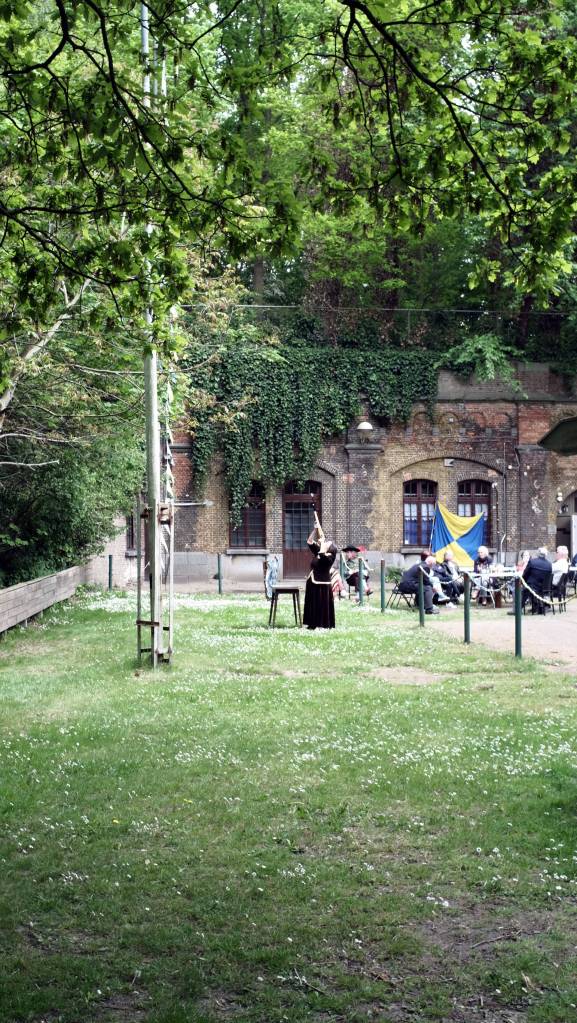
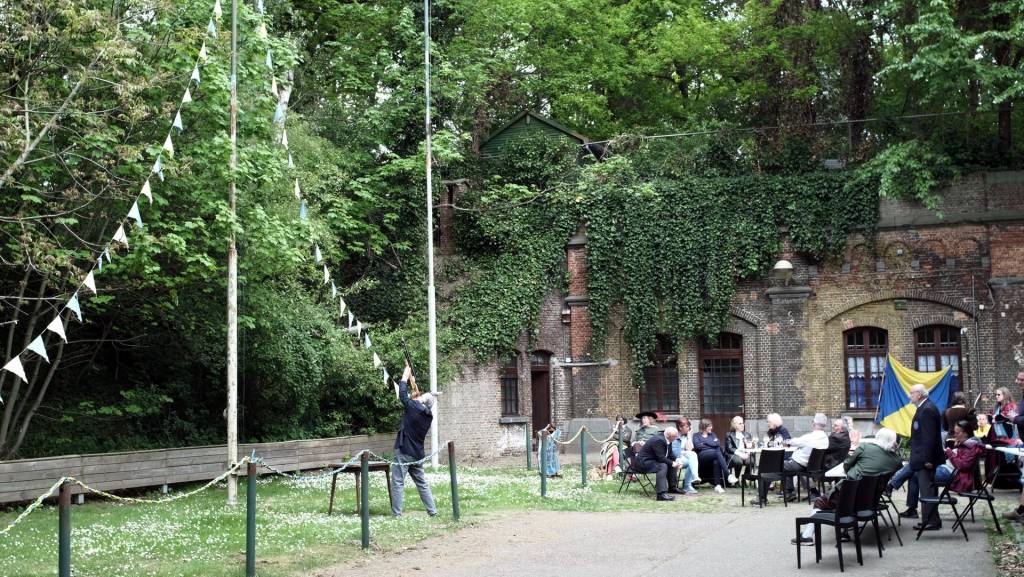

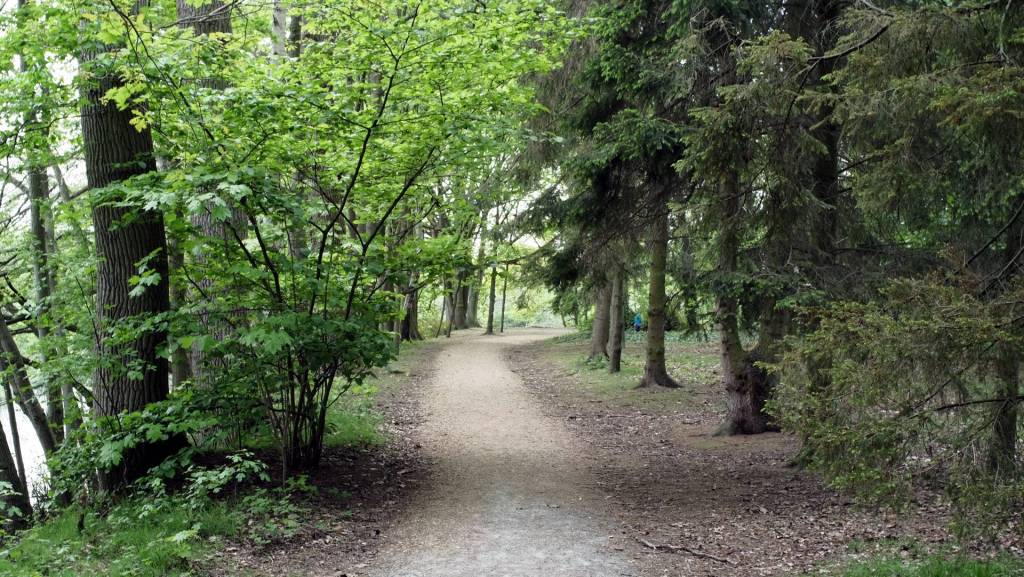
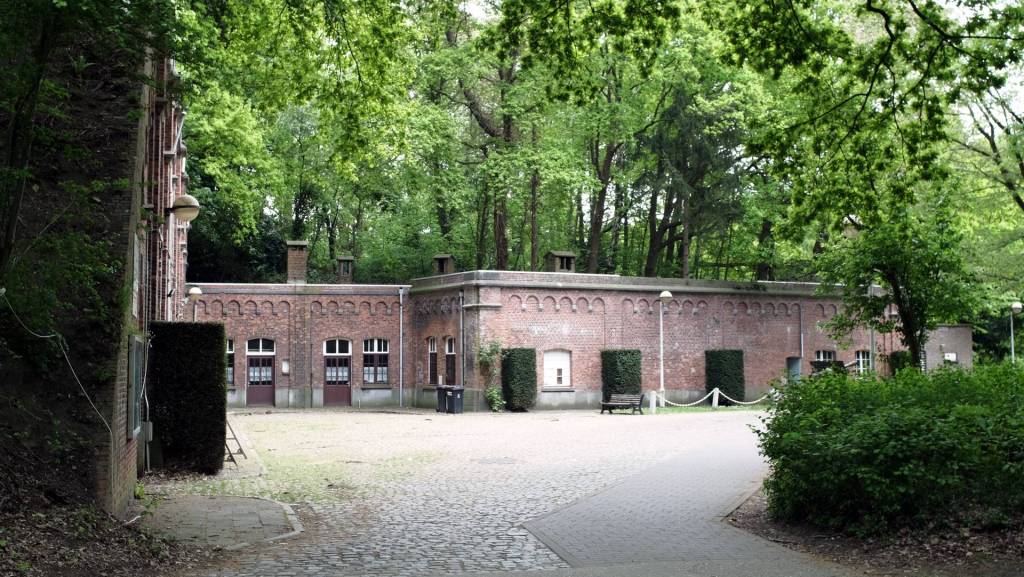

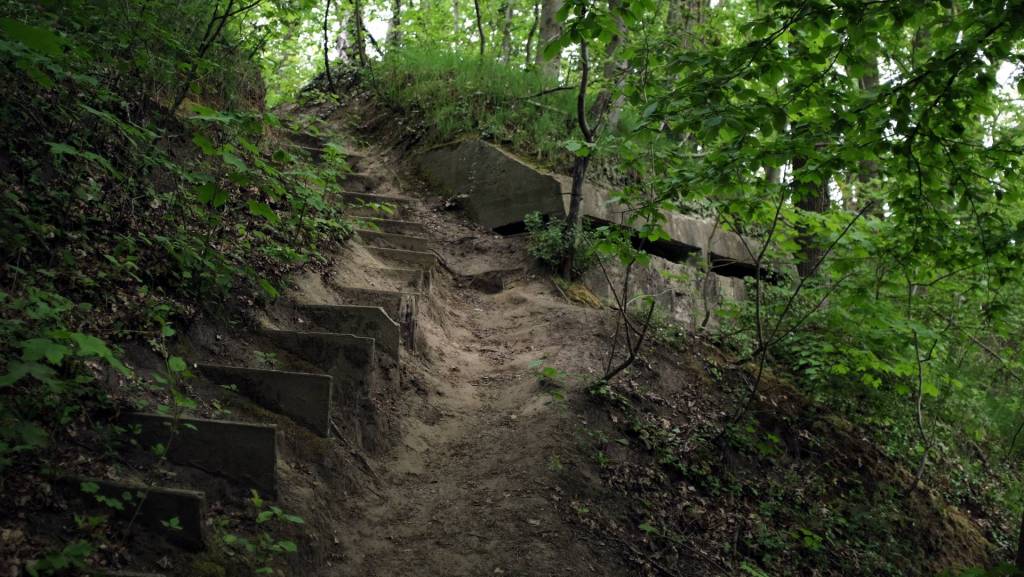
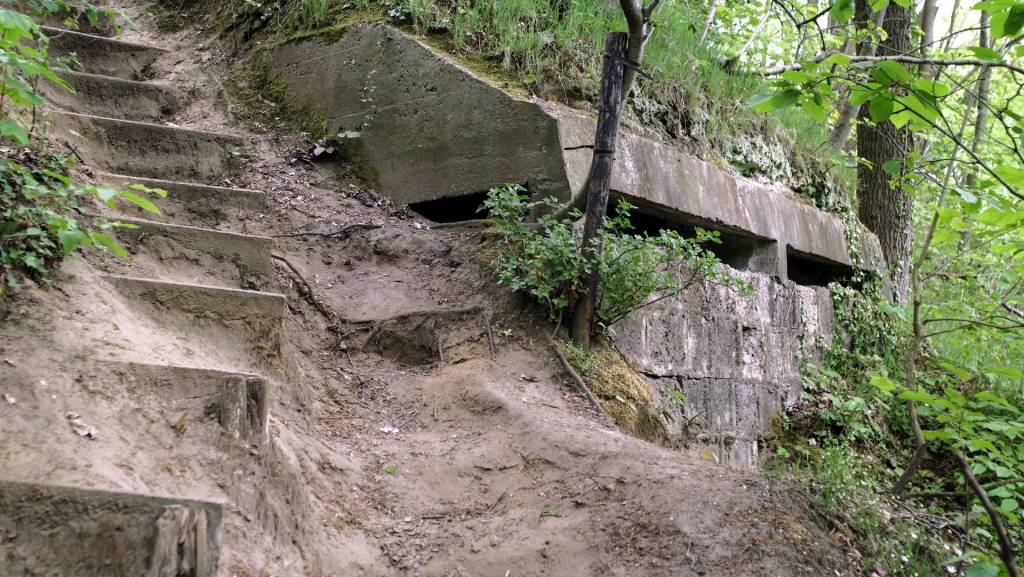

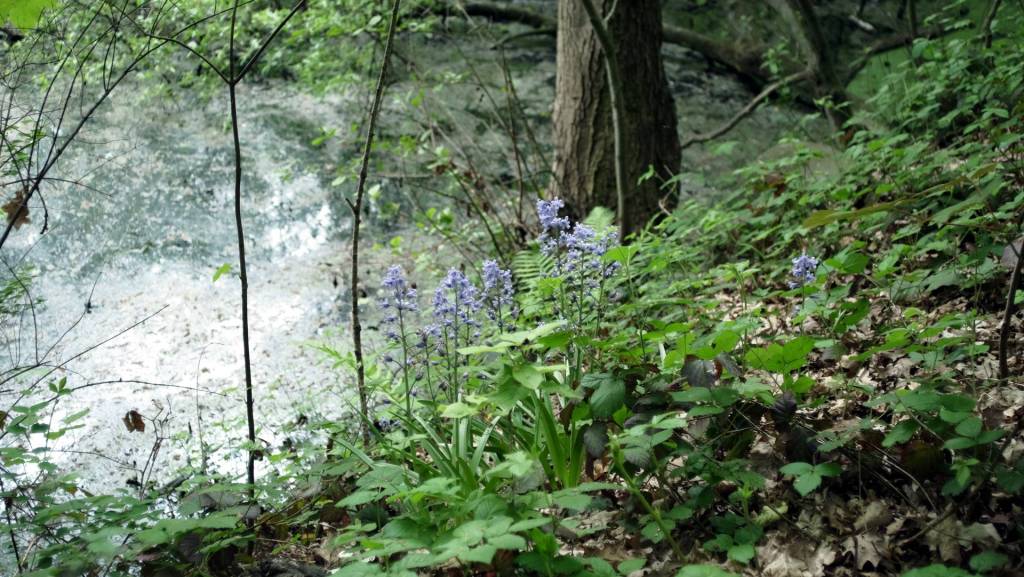

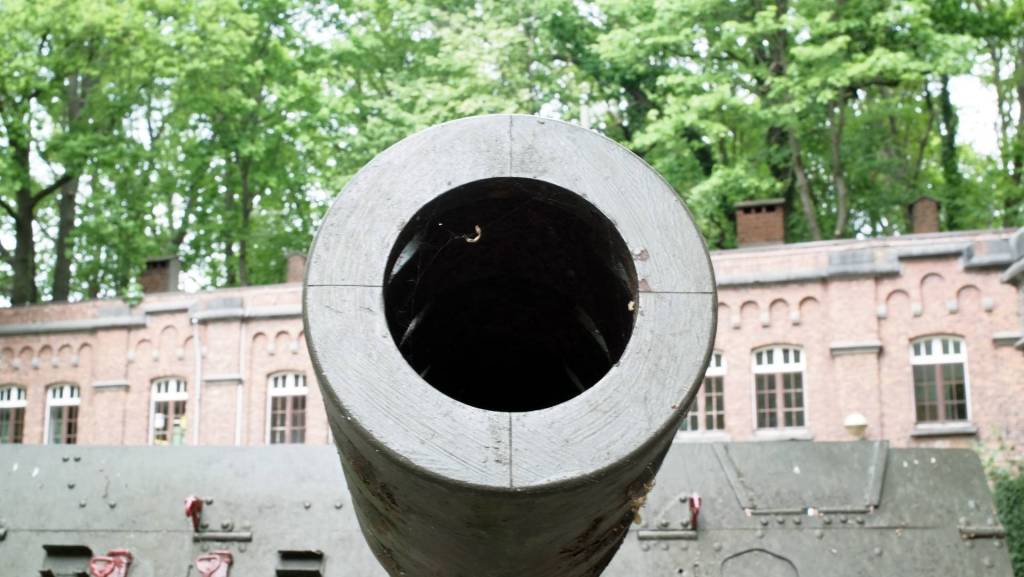
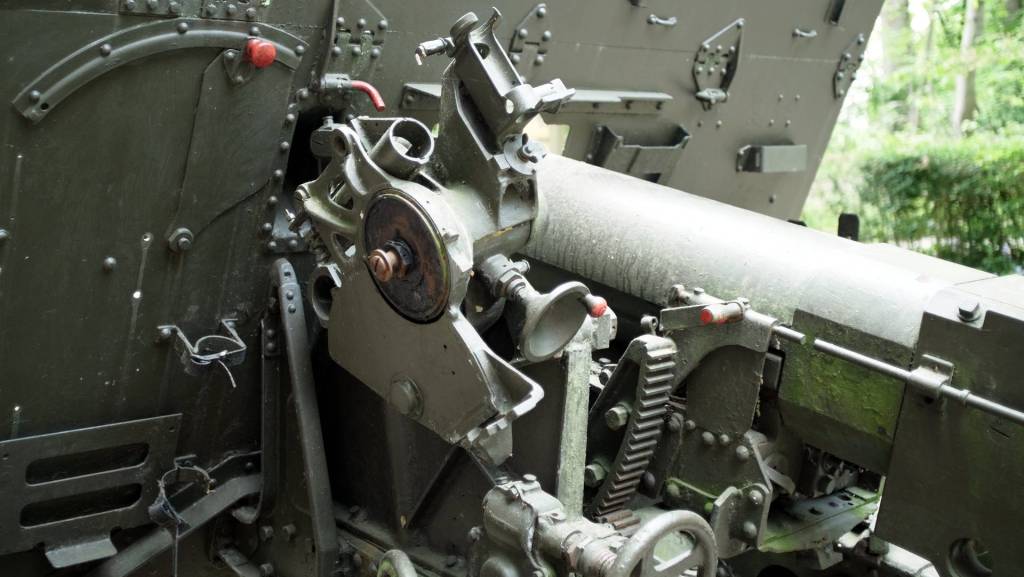
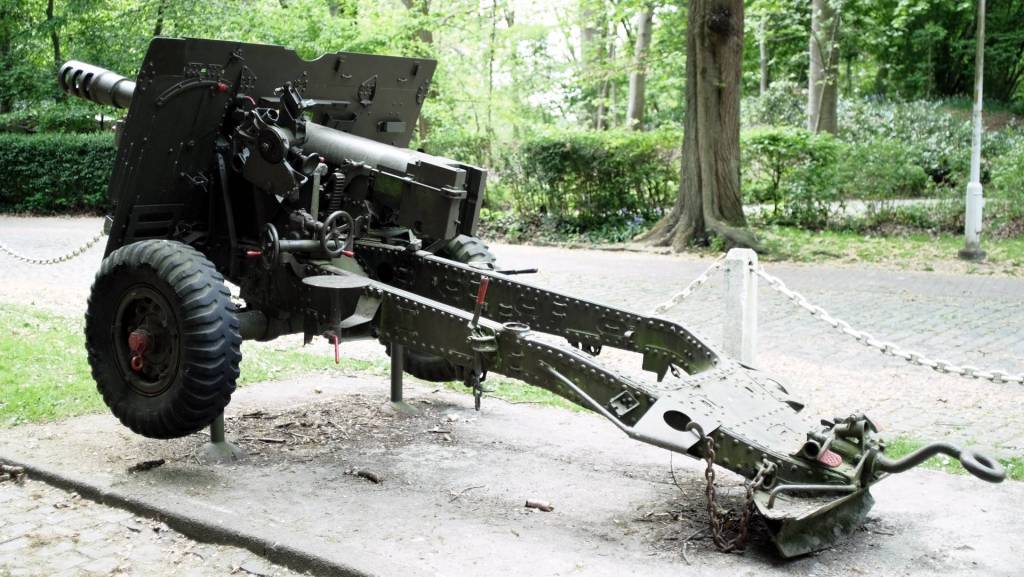
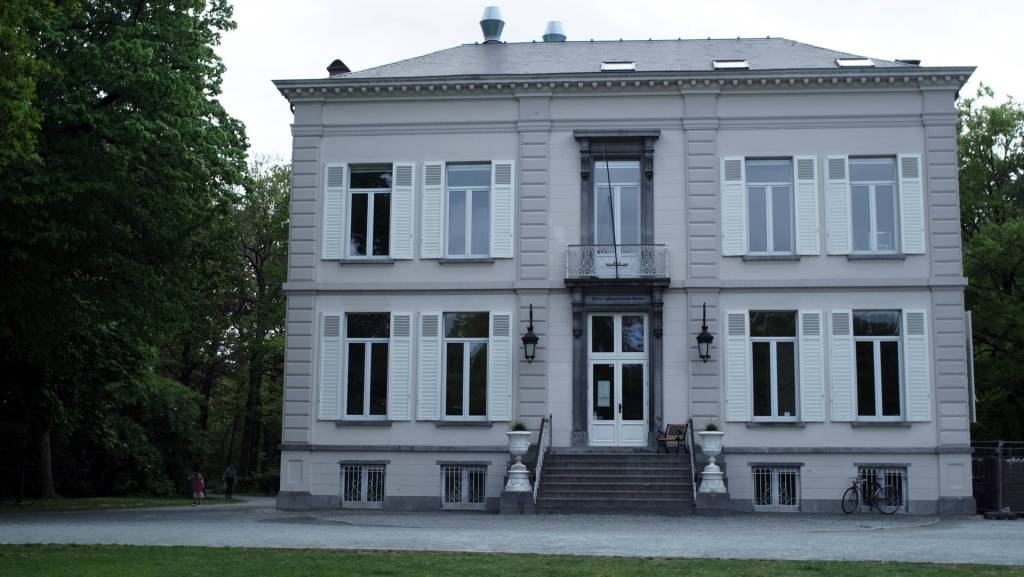
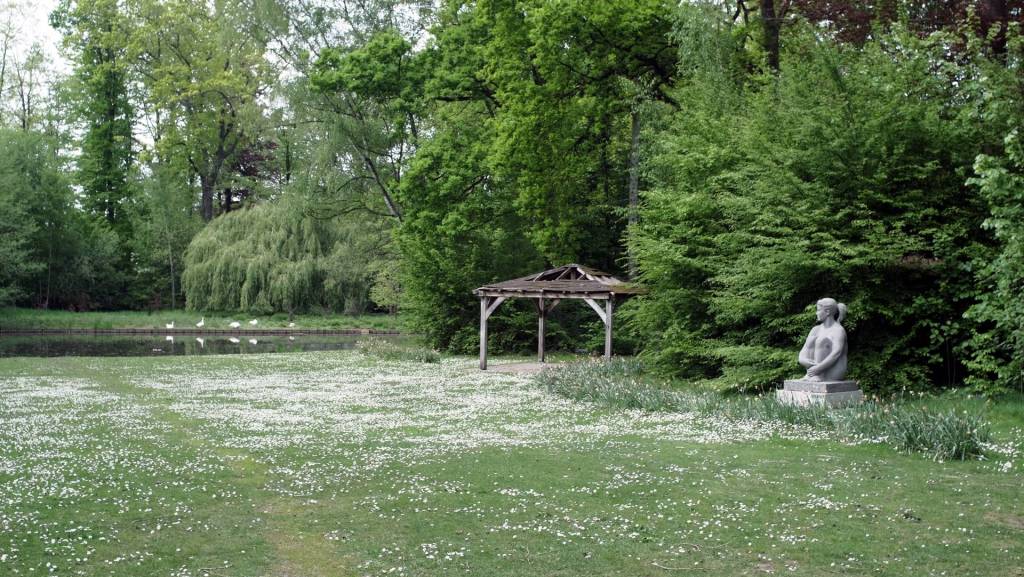
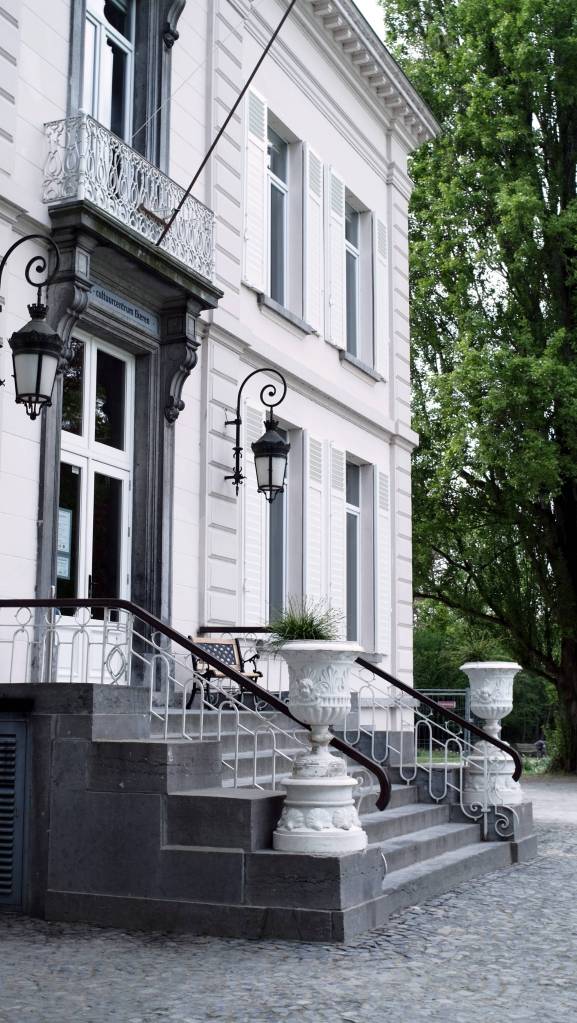
Conclusion.
Even wide open, the lens is reasonably sharp.
Set to F8 and 3m, you can shoot almost anything without having to focus.
It is a small and fine lens that offers many possibilities for manual photography.
Less suitable for macro, although it can be focused very precisely, but simply because of the wide viewing angle, it is less suitable for this.
Mounted on a T series Fujifilm camera, this lens really shines, which can be very surprising and confronting for a photographer who has not learned to work with an analog SLR.
The “working” slows you down, and you really learn to watch and frame better, the feeling is almost like working with real film, I can assure you.
I can give you a few more tips to enhance that analog feeling:
- set the camera to single shot
- use your camera’s mechanical shutter
- shoot jpg and/or raw to choice
- if jpg, do not use a film recipe, but set your camera as neutral as possible, for example with Provia or Pro Negative Standard – After you’ve viewed the first photos on your computer, you can make some adjustments in your camera to contrast, but don’t overdo it, and keep it as natural as possible.
- I would completely turn off your camera’s LCD monitor.
- set your iso to one sensitivity before you go – preferebly iso 200 or 400, and don’t change it during the trip – those used to be the most standard sensitivities.
- you get the best out of this lens at f5.6 – f8.0 and f11.
- do not use a UV filter, possibly use a lens hood to protect your lens
- you can get your old slower SD cards out of the closet – you won’t need a fast card
- you can focus with focus peaking, but personally I think the focus assist button is even better for this, and it slows down even more
At first it might feel a bit strange, is all that necessary you might think,
but stick to it, and a whole new world will open up to you.
I assure you.
Discover more from Open Source Photography
Subscribe to get the latest posts sent to your email.


